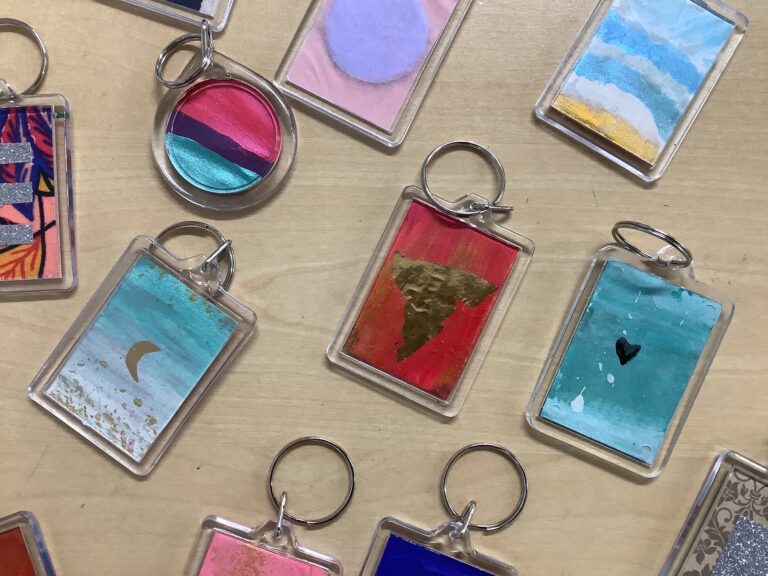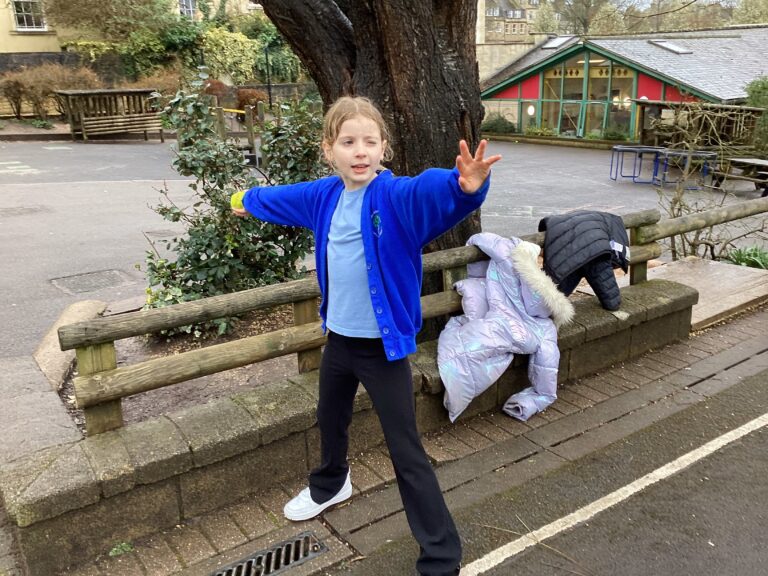News
Hershel 200 – The Big Reveal !

Last year was the 200th anniversary of William Herschel’s death. the Herschel Museum were awarded funding by the National Lottery Heritage fund projects to commemorate this including an exhibition in the museum, planetarium shows and St Andrew’s were fortunate to be chosen to participate in an art project.
During STEAM week in October 2022 the Herschel staff introduced the children to the story of the Herschel’s – and gave them a challenge to recreate an engraving entitled The Distinguished Men of Science of Great Britain in 1806-07. It shows an imagined scene of 51 men – who were alive in 1806 – who were known for their scientific achievements. The artist copied portraits of these men and grouped them according to their area of science so we have William Herschel over here with other astronomers and physicists, the engineers are in the middle and then inventors of machinery are on the right.
The children noticed that this work is limited to ‘men of Great Britain’ so we challenged them to think about who they would put in a new version of this – who did they think should be recognised for scientific work in the last 200 years – not just from great Britain but from the whole world and also, importantly, not just men. We asked the children to think about important inventions or discoveries that have shaped the way we live and they were asked to come up with a list of people of science to include in an artwork inspired by this
Ruby – ‘For a homework project we found out about different scientists that we wanted to include in the picture. I chose …Catherine Johnson who worked for NASA’
Larissa – ‘I chose Marie Curie’
Malini – ‘I chose Susmita Mohanty an Indian American rocket scientist’
Charlie- ‘I chose Caroline Herschel who was well know at this time because many women were not recognised at this time for their achievements’
Once all the classes had come up with their suggestions we came up with a final list for the artwork.
During January 2023 the children worked with Ellie and Emily from the Herschel museum and two Artists Abbie and Matt to increase their understanding of astronomy and also in understanding the Cyanotype photography processes . Abbie and Matt said ‘We were keen to use the cyanotype process in the artwork as this was initially invented by John Herschel, William Herschel’s son. It is a process which uses UV light from the sun to create’
Larissa – ‘I enjoyed being able to choose the materials to make my design and seeing how it transformed’
They also created images and explored reflective light using the overhead projector.
Ruby – ‘We drew on acetates and used the overhead projector to show them on the wall’
Malini- ‘It was interesting to see what ideas all my friends had to draw’
To create the portraits for the final artwork the children dressed up in costumes to recreate their chosen scientists and inventors these images were then created into negatives.
Malini – ‘It was really interesting seeing the images coming together and seeing everything in negative’
Once the layout had been decided upon the children and adults moved the negatives – section by section – onto the specially treated paper that Abbie had coated with the chemicals. These were then developed under the sun lamps.
The final Cyanotypes were assembled and then embellished with drawing and painting to create the final artwork.
On Tuesday 28th February we had the ‘big reveal ‘ assembly and parents attending to hear a presentation about the project and view the final artwork.
A big thank you to the team at the Herschel Museum and Artists Abbie and Matt for enabling St Andrew’s children to have such a rich learning experience.




See additional pictures in galleries:



